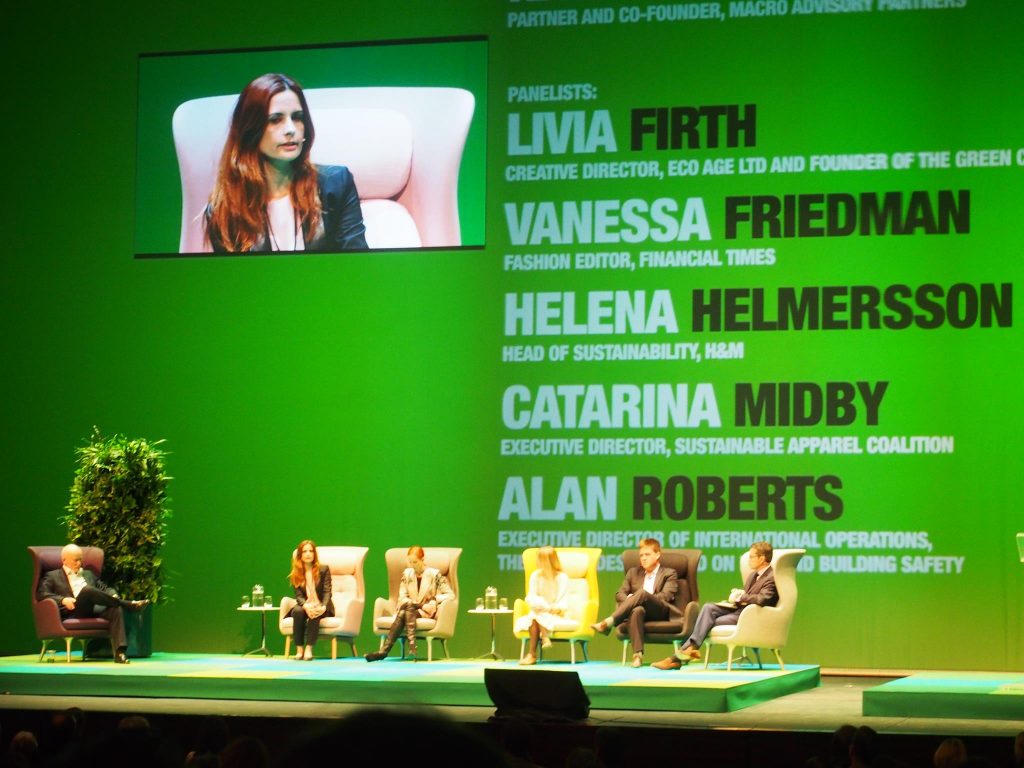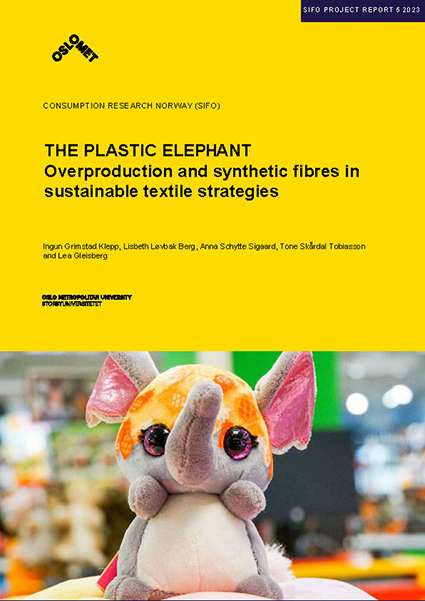The Plastic Elephant tramples into the international conference room
The opening session at the Natural Fiber Connect conference in Biella, Italy at the very end of September, put the increasingly frequently mentioned elephant in the room center stage, namely overproduction and the plasticization that characterizes the textile industry.
The fact that the Italian Minister of the Environment opened the conference with a video greeting testifies to how important the textile industry is to the Italians, and not least how seriously they take the environmental problems that the same industry stands for. But in contrast to the industry as a whole, they have a great understanding that production, and particularly of synthetic materials, must be reduced considerably – which means more expensive textiles and more focus on natural fibres. This is music to the ears of the Italian industry, but also to natural fiber representatives who had gathered in Biella: cashmere, alpaca, wool, cotton and silk producers from farm level up to spinning mills, weaving mills and other industries.

Weighting the environmental burden
The key note speech was given by Veronica Bates-Kassatly. In contrast to Make The Label Count’s approach, which is currently persistently arguing that more parameters must be included in EU’s PEFCR, such as biodegradability, microplastics and renewability; Bates-Kassatly had the opposite approach. She believes that greenhouse gas emissions must be weighted much more (i.e. CO2 emissions in her argument), and that many of the 16 parameters that the EU’s Joint Research Center has decided should be included should be cut out or weighted much less. This includes water use and land use, two things which turns out to be unfortunate for natural fibres, but where the differences are large on a global basis so that average figures make very little sense. For example, a Norwegian sheep on open pasture will use huge areas of land to produce a few kilograms of wool, and this counts negatively.
Stand to increase plastics rather than decrease
A recent report from SIFO, the Plastic Elephant, followed Bates-Kassatly’s key note and the silk industry’s strong criticism of the data base for Higg and PEF (silk comes out as the worst fibre). The main message in the SIFO report is that a review of policy instruments, strategies from the industry and NGOs shows that to a very small extent they consider what can be done to reduce the volumes and not least to reduce the large increase over the last 40 years in synthetic materials and fast fashion. When the EU’s Textile Strategy wants to make “fast fashion out of fashion”, none of the tools in the toolbox are sufficient and, if anything, they will increase plasticisation. The report explains why, and the audience at the conference nodded their heads tellingly when the reasoning was explained.

The fact that the audience laughed out loud and applauded when the actual background for the Plastic Elephant report was presented at the start was, of course, liberating. This meant taking the audience back to the Copenhagen Fashion Summit in 2017, where the first Pulse report postulated that consumers must be persuaded to prefer synthetics to cotton; and where EcoAge’s Livia Firth asked H&M’s Helena Helmersson: “Why do you have to produce so much and constantly push new collections on consumers?” Helmersson replied that they are only doing what consumers want, to which Firth replied: “My children want sugar every single day, but do I give it to them? No.” The laughter resounded and a huge applause followed.
“Sugar” became the word of the day
The rest of the day, “sugar” was the word repeated over again, as equivalent with unhealthy consumption, and related to synthetics. Which means deplastification – also in the textile sector – may finally be on the agenda. To watch the whole morning session, go to this LinkedIn link. The Plastic Elephant report is easy to find here.

